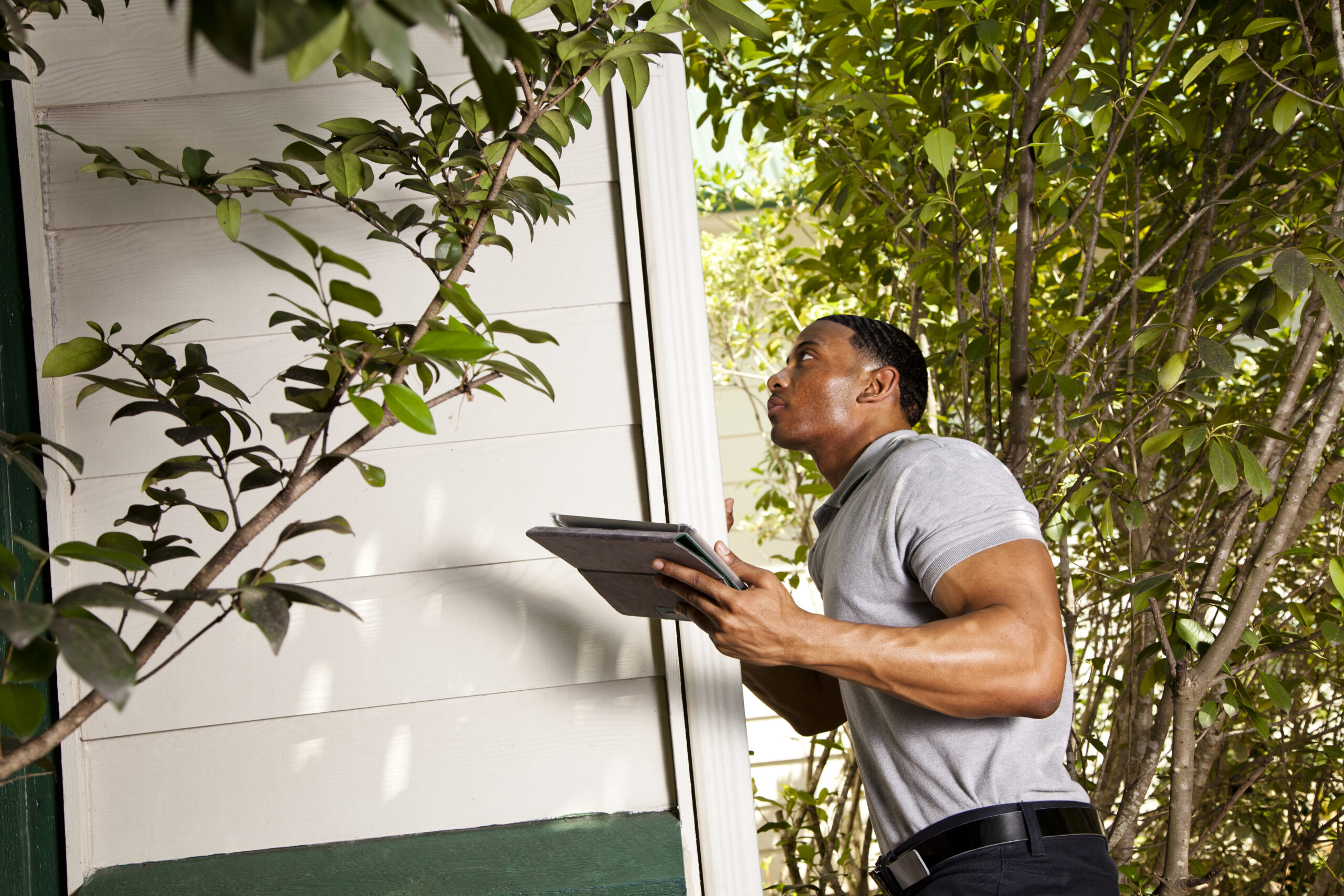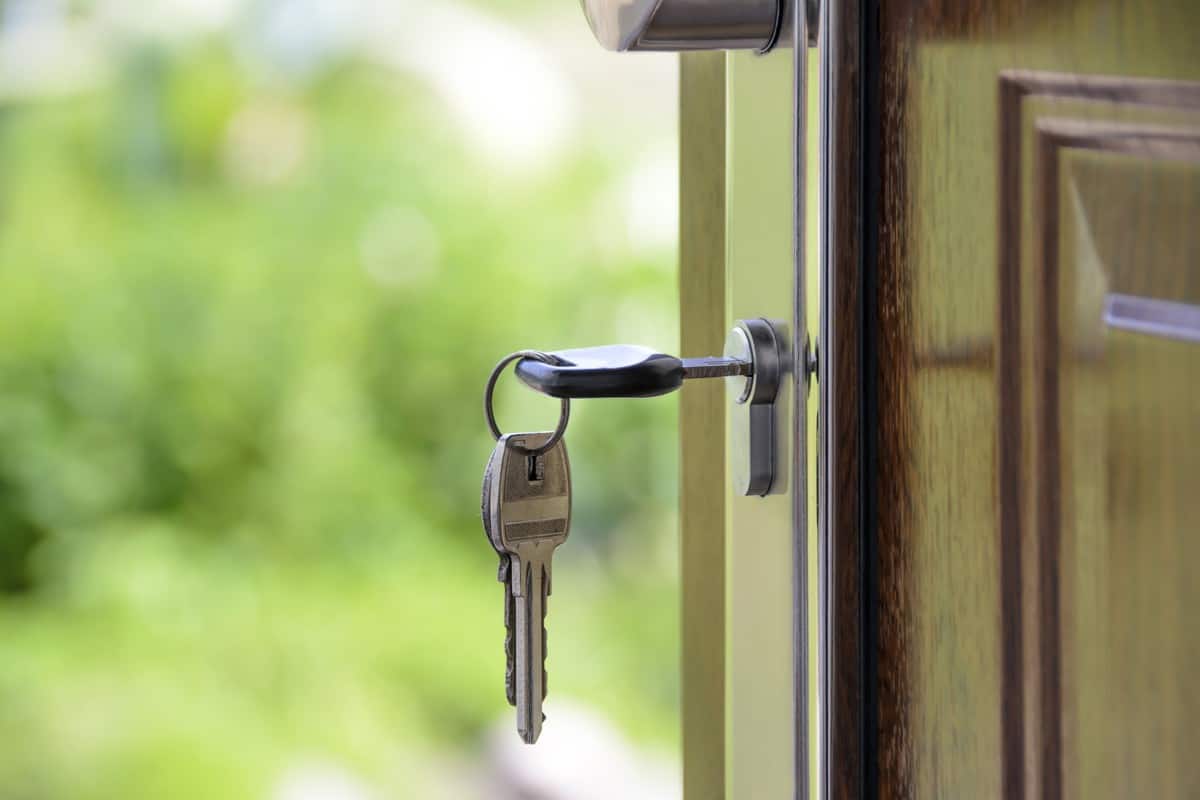When you move into a new home, one of the last things you want is to find small, uninvited guests — like cockroaches, mice, or other pests — living under your roof.
Some pests, like termites, can cause devastating structural damage, while others create unsanitary conditions and make it difficult to feel comfortable in your own home. In addition to the “ew” factor, they can be tough and expensive to get rid of, depending on the type of pest (and whether they’ve expanded their family in the meantime).
Getting a pest inspection during the homebuying process helps you move in with confidence that you won’t face any old pests in your new home. Here’s what you should know about requesting a pest inspection:
- What Is a Home Pest Inspection?
- How Much Is a Pest Inspection?
- Why It’s Smart To Hire a Licensed Pest Inspector
- The Bottom Line
What Is a Home Pest Inspection?
A home pest inspection is performed to determine whether there’s any evidence of pests, including rodents, cockroaches, termites, and other wood-destroying insects. Because certain pests can seriously damage the structural integrity of the home, the results of the pest inspection may have major consequences for the sale. Termite damage or signs of infestation can lower the value of the home and even lead you to rethink the entire purchase.
So, what is included in a pest inspection? You can expect the pest inspector to examine the kitchen, bathrooms, walls, basement, roof, and home exterior, among other things. In addition to looking for obvious signs like droppings or damaged wood, the inspector may check the condition of the paint and the electrical wiring. They will also be on the lookout for mud tubes, which are tunnels that subterranean termites build to travel to wood food sources.
Beyond checking for signs of pests, the inspector will also look for conditions that could lead to an infestation. For example, wood-decaying fungi may use high moisture levels as an invitation to set up shop, and an open basement vent might tempt mice that are able to squeeze through tiny crevices. Remember: Early detection is key. Even if a pest inspection isn’t always required as part of the home sale, getting one may help protect your health and safety, which means it can be just as important as the home inspection.
Pest inspection vs. home inspection
While both pest inspectors and home inspectors thoroughly examine homes, they pay attention to different red flags. Pest inspectors focus on uncovering any infestations — they know where to look and what to look for. Home inspectors, on the other hand, focus on finding things like failing systems, structural problems, and physical damage. They can tell you if there are any electrical or plumbing issues but generally won’t be concerned with pest control.
How Much Is a Pest Inspection?
While the exact fee varies depending on who you hire, the average cost of a pest inspection is approximately $100, according to HomeAdvisor, a marketplace for home projects.
To assure prospective buyers that their home is pest-free, some sellers may go for a pest inspection before they list the property. As a buyer, you can also request that the seller get one, especially if the home inspector or appraiser flag potential issues. But there are benefits to using your own money to pay for the pest inspection, as you can choose a well-reviewed company that you trust will be thorough.
No matter who foots the bill, getting a pest inspection could end up saving you thousands of dollars in the long run if there’s an infestation in the home. Extermination methods will depend on the pest and extent of the problem, ranging from a one-time spray purchased at the hardware store to a professional fumigation that requires you to vacate your home for several days. For example, cockroach fumigation can cost anywhere from $2,000 to $6,000 for a 2,000-square-foot home, according to HomeAdvisor.
If an infestation is discovered prior to closing, then it’s usually the seller’s responsibility to pay for treatment. You can also make this a condition of your purchase agreement.
Why It’s Smart To Hire a Licensed Pest Inspector
A pest inspection can save you a large sum of money down the line by identifying hidden problems before you close on the home. It’s a good idea to get the inspection from a professional trained to detect the signs of infestation, especially if certain types of pests are common in your area. Additionally, a licensed pest inspector can advise you on preventing future infestations — for example, they may recommend that you block or screen certain openings to deter pests looking to get inside.
Your real estate agent will likely be able to recommend a pest management company that they’ve worked with in the past. Just make sure the pest inspector is licensed by your city or state.
Although pest inspections aren’t required by law in every state, many mortgage lenders will require a pest inspection before they approve your loan. In particular, if you’re planning to get a Veterans Affairs (VA) loan, you will be asked to get a pest inspection in most states.
The Bottom Line
Even if a pest inspection isn’t explicitly required by your state or lender, it’s likely in your best interest to get one before you close on the home. If you find out after moving in that you’re living among uninvited critters or icky insects, then you’ll have to spend the time — and dollars — to deal with it. Compared to the other costs of homebuying, a pest inspection is relatively inexpensive and can end up saving you a great deal of money and stress in the long run.



